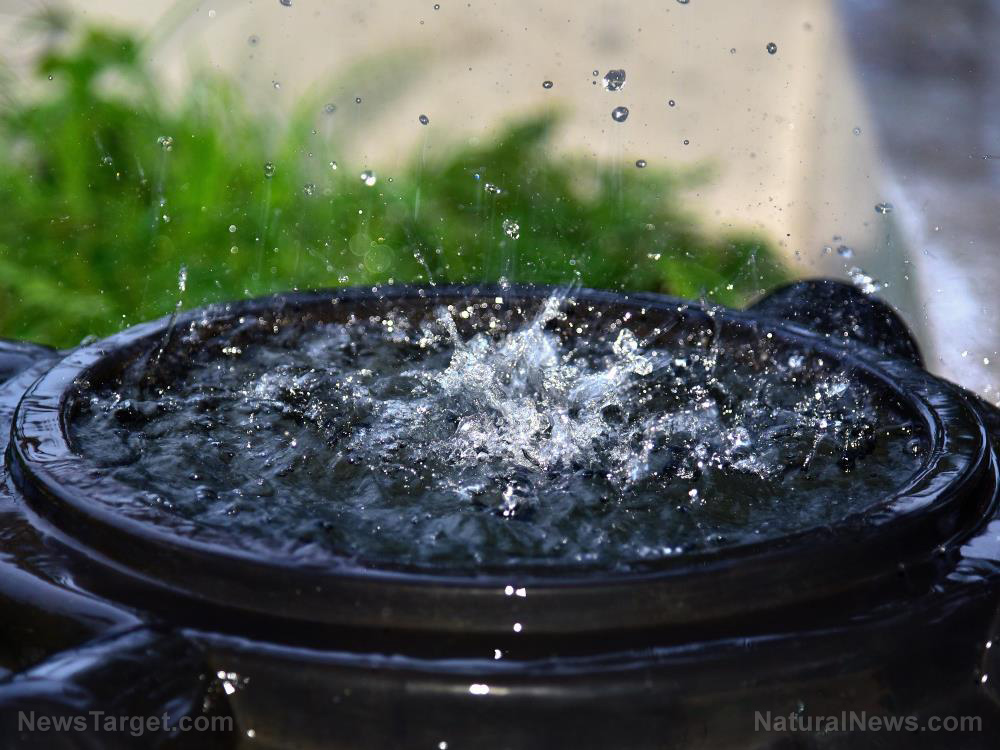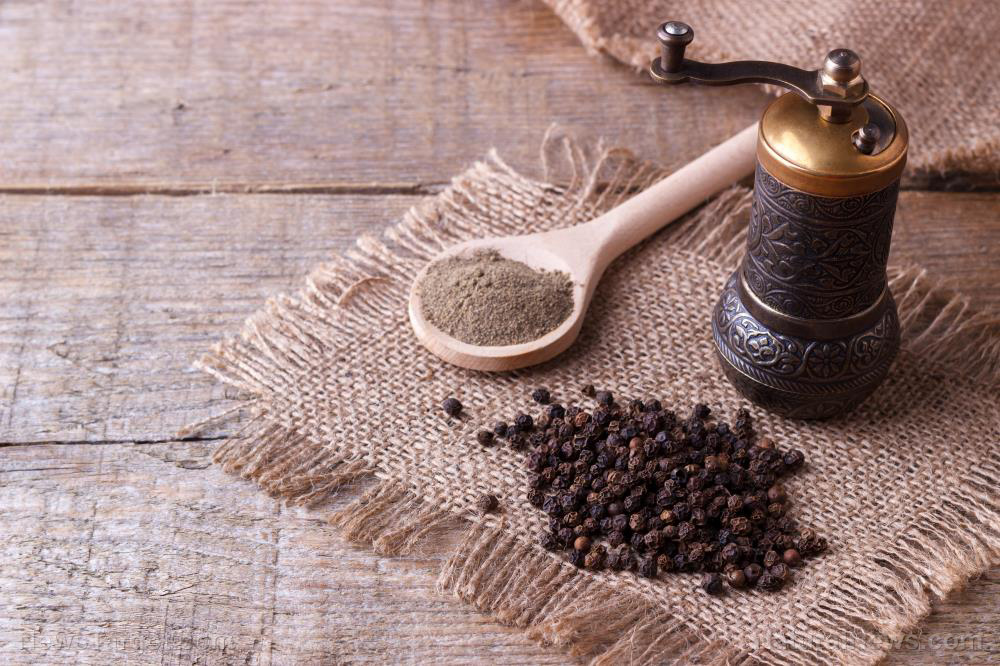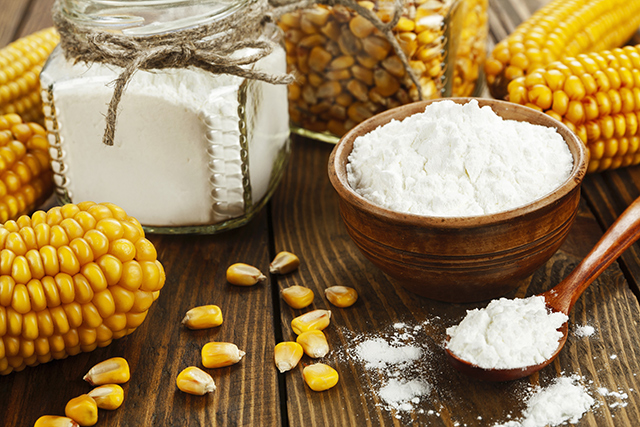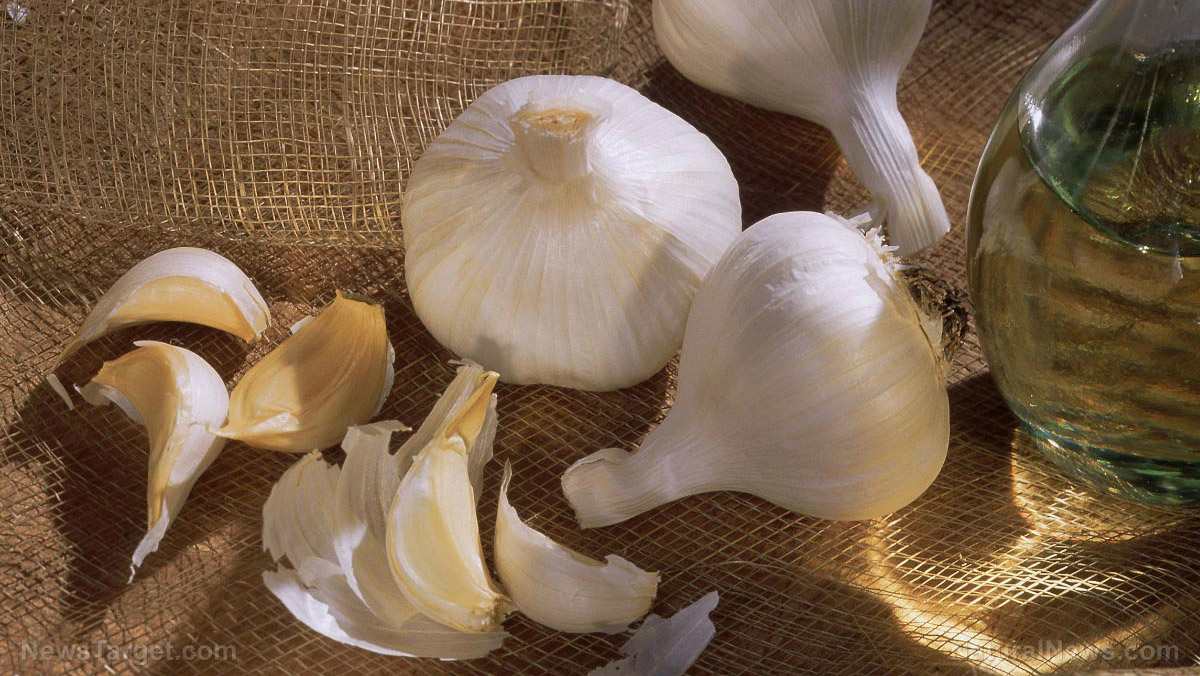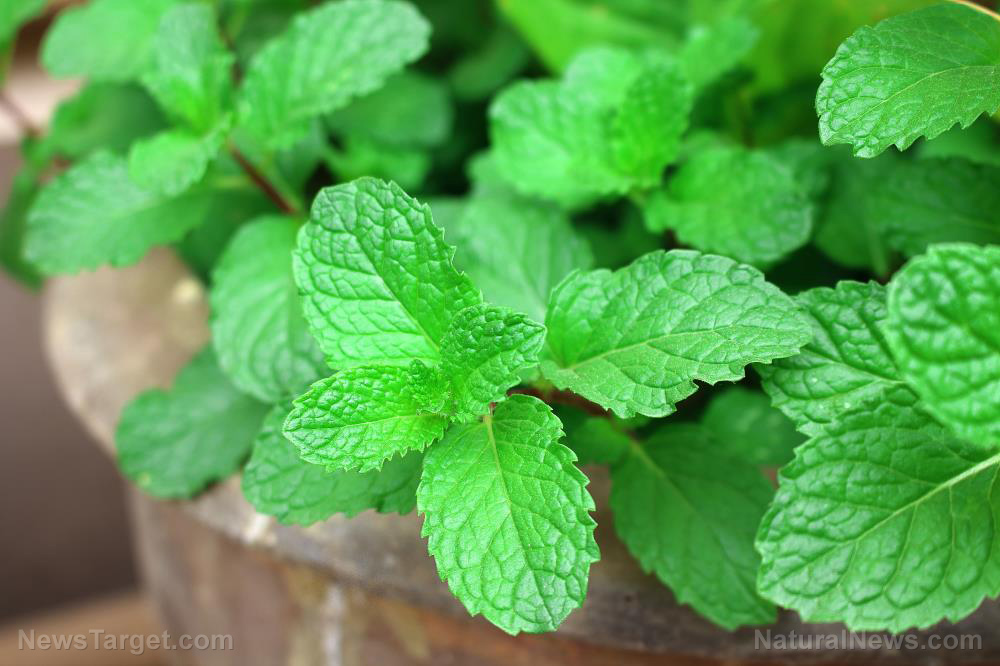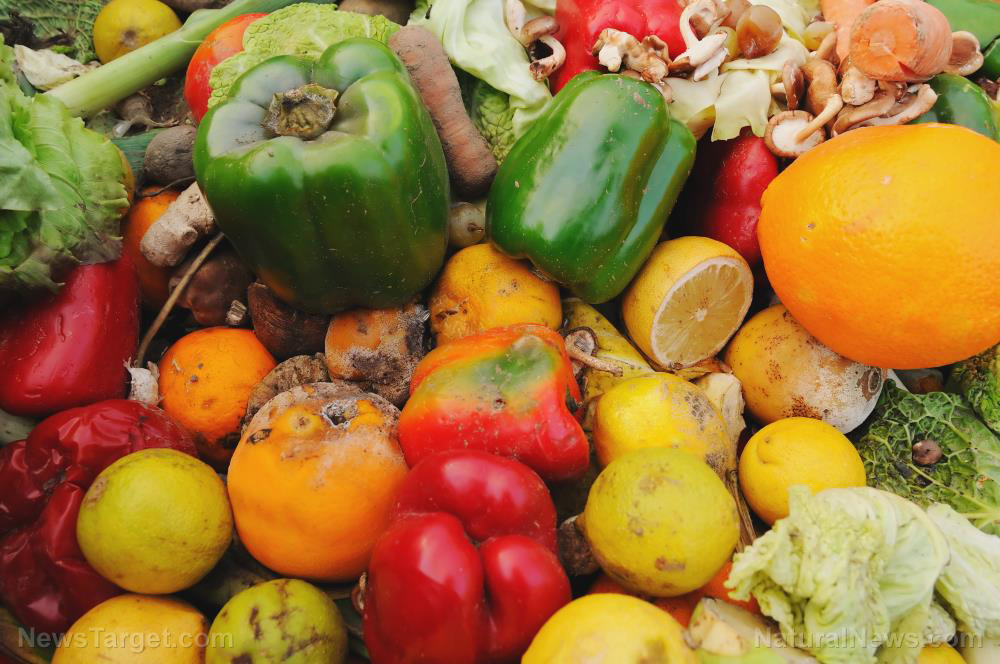Tips for dehydrating and long-term storage of herbs
10/24/2018 / By Jhoanna Robinson
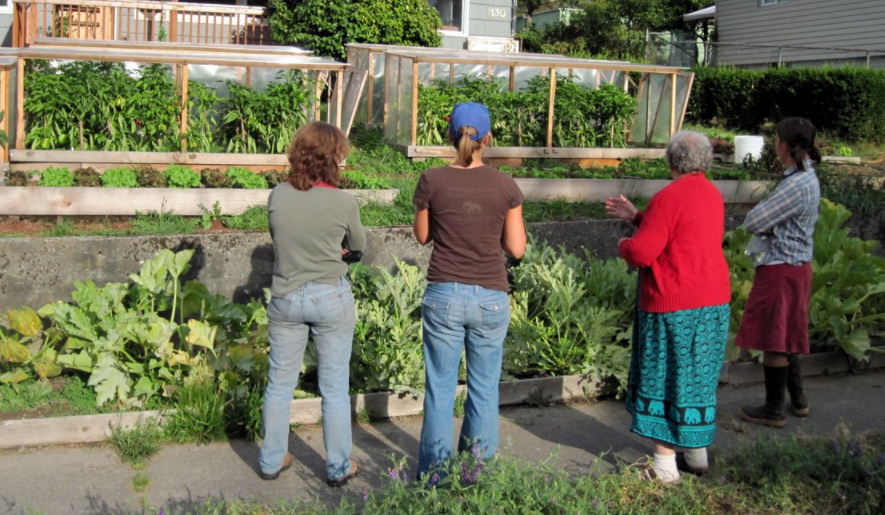
If you’ve ever thought of using leaves to cover up wounds and prevent infection at some point, you may be on to something – if you use sage leaf, at least. That’s because it has natural healing qualities. Other herbs that belong to the same cluster include oregano and thyme, which are common plants that can be grown year-round in several parts of the country. (h/t to BioPrepper.com)
To enjoy these herbs beyond their intended life-span, plant enthusiasts and herbologists dehydrate them at the peak of their freshness, then create several mixtures with it to make their own spices and even homemade tea blends. Keeping up this practice can guarantee you savings – instead of your money going to the grocery store, you can use said money for other things.
You might be tempted to take things the easy way – instead of actually drying your herbs, you might do the short-cut and just microwave them instead. Do this only as a last resort, for emergency purposes. Microwaves actually diminish herbs’ oil content and flavor. And let’s not forget how microwaves can be bad for our health and the environment. (Related: Microwave Health Dangers: How Safe Is Your Microwave?)
Tips on dehydrating herbs for long-term storage
Herbs and other leafy greens are one of the most hassle-free items to dry for long-term use. The key element here is the constant stream of air. There is no need to own a food dehydrator – herbs naturally dry up in the air.
For best results, harvest herbs before they flower. If you have been spending your time harvesting the herbs’ branches all season, there is a good chance that your herbs did not get to flower. However, come the later parts of summer, even herbs that have yet to bloom will start to rot as the weather cools. This is the perfect time to start drying your herbs.
Remember not to cut the entire plant that you’re harvesting. Remove less than 1/3 of a plant’s branches at a time.
Some steps on how to actually dry herbs are as follows:
- Wash and place the herbs of your choice on a drying rack and make sure that there is enough space there so that air could circulate properly, thus facilitating the proper method of drying.
- Set proper temperature and time as proposed by the directions on your dehydrator.
- Check if the herbs are 95 percent dry to successfully ensure that you can keep them under long-term storage.
- If you are using a paper bag as a drying implement, bundle four to six stems of an herb together using a rubber band and place them upside down in a paper bag that has several holes. Hang the bag upside down in a warm, airy room.
How to store dry herbs
Even if you performed the proper rituals for drying herbs, your efforts will come to waste if you do not properly store those herbs that you dried. Store your herbs in heavy-duty zippered bags in a metal container, or in dry, sterile glass jars. If you’re going to store herbs for longer than six months or so, we recommend doing so in Mylar bags.
Spices can be stored for one up to two years. Vegetables and fruits, on the other hand, should only be stored for a year.
For more stories on do-it-yourself planting and food preparation, visit Homesteading.news.
Sources include:
Tagged Under: dehydrating herbs, dehydrator, green living, Herbs, home and life, Homestead, homesteading, how-to, Leafy greens, preparedness, prepper, prepping, storage methods, storing herbs, sustainable living




